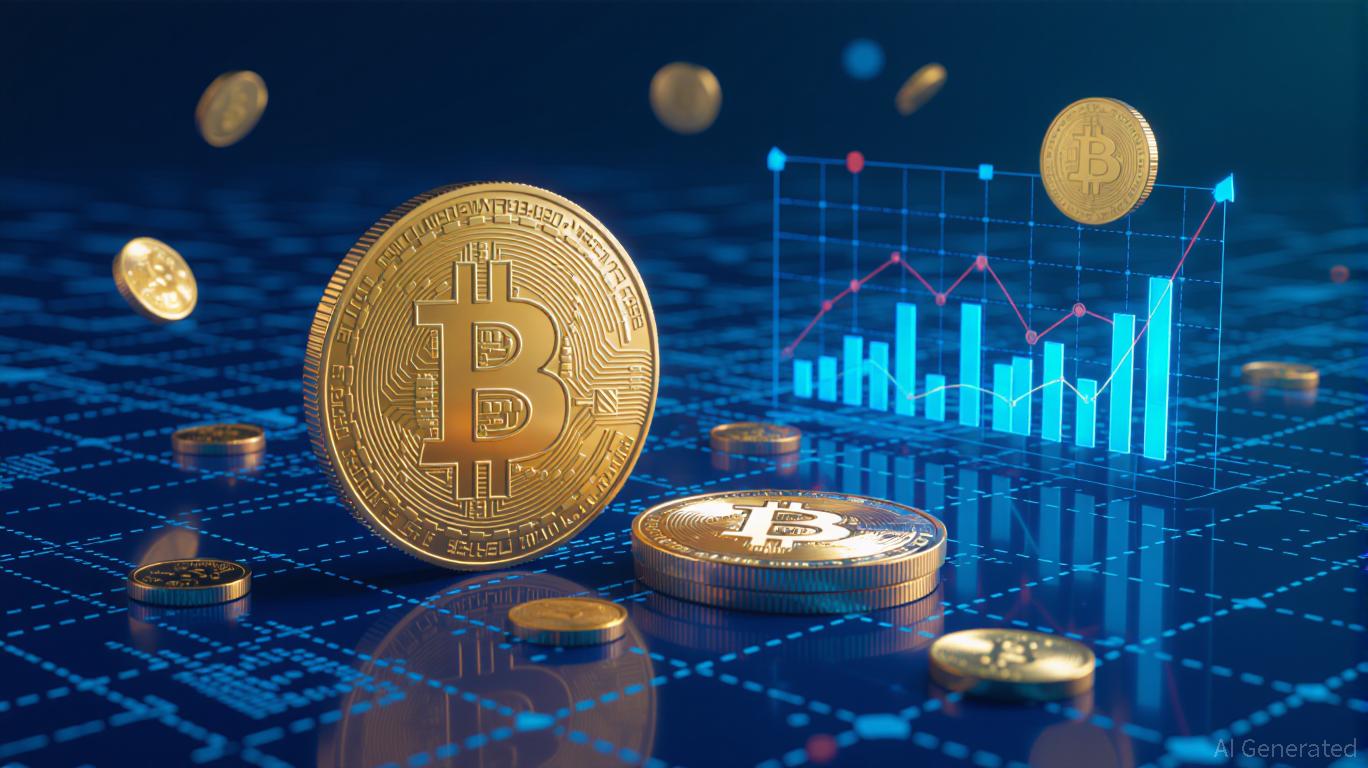BIS sounds the alarm: Stablecoins could trigger a bond crash
In the upper echelons of global finance, there has never been any question of giving crypto a free ride. Even less so its decentralized avatars. They are observed, regulated, and suspected. Even stablecoins, designed to reassure with their dollar peg, raise questions. In a global atmosphere tense due to geopolitical risks, it is now these that some see as the possible fuse for a future bond fire.

In Brief
- A run on stablecoins could trigger a massive sell-off of U.S. Treasury bonds.
- The GENIUS Act requires a 1:1 reserve for regulated stablecoins issued in the United States.
- Some experts claim stablecoins are safer than traditional banks.
- The stablecoin market could exceed $3 trillion by 2030 according to the BIS.
Stablecoins at the crossroads of liquidity and panic
The historical parallel is chilling: the Bank for International Settlements (BIS) mentions a risk similar to the Lehman Brothers collapse of 2008. This time, the trigger could well be a “run” on stablecoins, these assets ineffective and dangerous for the global economy . Simply put, if a loss of confidence occurs, holders might all want to cash out their tokens, forcing issuers to urgently liquidate their U.S. Treasury bonds.
This is not a science fiction scenario. During the USDC depeg in March 2023, after the collapse of Silicon Valley Bank, crypto lost nearly $20 billion in one day. And this, without war, without a global crisis, just a wavering bank.
Olaf Sleijpen, governor of the Dutch Central Bank, warns :
If stablecoins are not so stable, we could find ourselves in a situation where the underlying assets must be sold off quickly.
Faced with this specter, the Australian Central Bank and the BIS share the same concern: a massive liquidity shock could destabilize not only crypto markets but also the heart of the global financial system.
GENIUS Act: regulatory shield or sweet illusion?
In the face of doubts, the American regulatory response has a name: the GENIUS Act . It imposes a simple rule: each regulated stablecoin must be backed 1:1 by reserves composed exclusively of liquid assets such as short-term Treasury bonds. A model with no leverage, no yield, no risk? This is what Coinbase defends.
Faryar Shirzad, Chief Policy Officer at Coinbase, does not mince words:
First, banks make long-term, often risky loans to individuals and businesses, exposing them to credit and liquidity risks. In contrast, stablecoin issuers generally hold short-term government bonds, practically risk-free and highly liquid.
He goes even further, arguing that this stable architecture paves the way for a new programmable dollar, equivalent in value to the classic greenback. The argument is that unlike the “free banking” era of the 19th century, GENIUS stablecoins would be standardized, supervised, and interoperable. No more jungle, welcome unity.
But not everyone sees this law in such a benevolent light. For the most skeptical, if mass adoption happens without global coordination, even a perfect infrastructure could be overtaken.
Crypto, explosive growth and global tension: is the cocktail sustainable?
This debate on stablecoins cannot be isolated from the entire crypto ecosystem. Since 2022, volumes in the stablecoin market have been continuously growing. The BIS mentions a potential capitalization of $2 to $3 trillion by 2030. The slightest stress could trigger a “domino effect”: asset sales, massive withdrawals, pressure on rates.
It is no coincidence that the RBA report (October 2025) warns about the fragility of this system in case of a confidence collapse. Meanwhile, other cryptos follow their course, also exposed to the dynamics of stablecoins. If the latter crack, the whole structure could falter.
For Shirzad, these fears are unfounded. According to him, the report omits a crucial point: stablecoins offer traceability far superior to the banking system. This would allow limiting financial crimes, streamlining automated processes, and strengthening the effectiveness of public security systems.
But for regulators, caution prevails over technophile enthusiasm.
Figures & signals not to ignore
- In March 2023, USDC dropped to $0.88 after the SVB bankruptcy;
- The stablecoin sector could weigh $4 trillion by 2035;
- More than 80% of the market today is controlled by Tether and Circle;
- In one day, $20 billion was wiped from the crypto market after Trump’s tariff threats in October 2025;
- According to the BIS, even a moderate shock could rival the tensions of March 2020 on Treasuries.
In recent days, a new actor has reinforced the BIS’s concern: the Bank of France . It published a note calling for increased vigilance on the issue of stablecoins, highlighting their systemic potential. In France too, the lines are moving. Distrust is no longer an ideological posture, but a precautionary measure facing a rapidly evolving crypto industry.
Disclaimer: The content of this article solely reflects the author's opinion and does not represent the platform in any capacity. This article is not intended to serve as a reference for making investment decisions.
You may also like
XRP News Today: XRP Faces Impending Death Cross: Falling Below $1.82 Could Lead to a 15% Decline
- XRP faces bearish pressure as a death cross forms, signaling potential 15% price correction below $1.82 support. - Analysts highlight $1.90–$2.08 consolidation zone as critical for stability, with $1.65 Fibonacci level as potential bottom. - Recent ETF launches briefly boosted XRP to $2.25, but weak volume and lack of institutional buying limit upside. - Broader crypto fragility and regulatory uncertainties amplify risks for XRP holders amid technical breakdown threats.

XRP News Today: XRP ETF Debut Opens Door to Widespread Adoption in Traditional Finance
- 21Shares confirms imminent U.S. spot XRP ETF launch, marking institutional access for Ripple's asset post-SEC settlement. - Final S-1/A filing clears regulatory hurdles, with $586M net inflows and $85.8M trading volume signaling strong market demand. - Analysts highlight ETF-driven $10B inflow potential, contrasting speculative trading with XRP's cross-border payment utility and institutional adoption. - Multiple XRP ETFs in pipeline could solidify its mainstream status, bridging crypto and traditional m

Zcash Halving and Its Effects on the Cryptocurrency Market
- Zcash's 2025 halving reduced block rewards by 50%, driving a 1,172% price surge to $589 amid institutional adoption and privacy-focused utility . - Unlike Bitcoin's mixed halving outcomes, Zcash's deflationary model combined with shielded transactions and ESG alignment attracted diversified investor demand. - Privacy features (zk-SNARKs) and 2025 PoS transition stabilized mining returns, but regulatory scrutiny of shielded transactions remains a key risk. - Future Zcash halvings (next in 2028) may face l

Korean Won Stablecoin Alliance Seeks to Disrupt US Dollar Dominance in Digital Finance
- WEMADE leads Korean won stablecoin alliance with CertiK, Chainalysis, and SentBe to challenge USD-dominated stablecoin markets. - CertiK provides security infrastructure for StableNet mainnet, while Chainalysis/SentBe enhance compliance and transparency. - South Korea's $10.3B Upbit-Naver merger and KakaoBank's initiatives reflect national strategy to assert monetary sovereignty via blockchain. - Regulatory hurdles persist, but alliance aims to navigate 51% bank ownership rules through security-complianc

